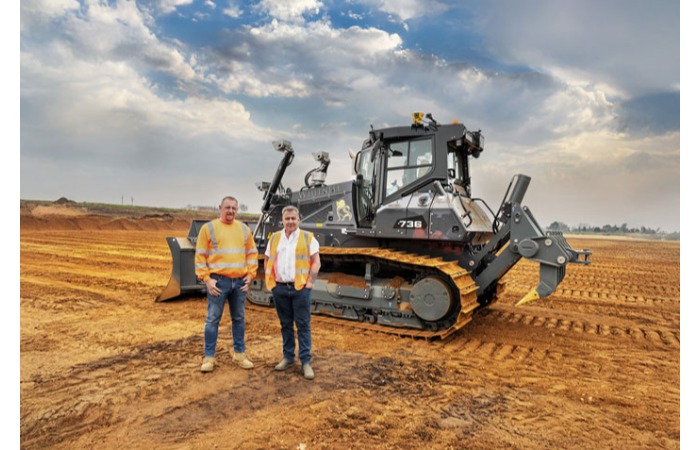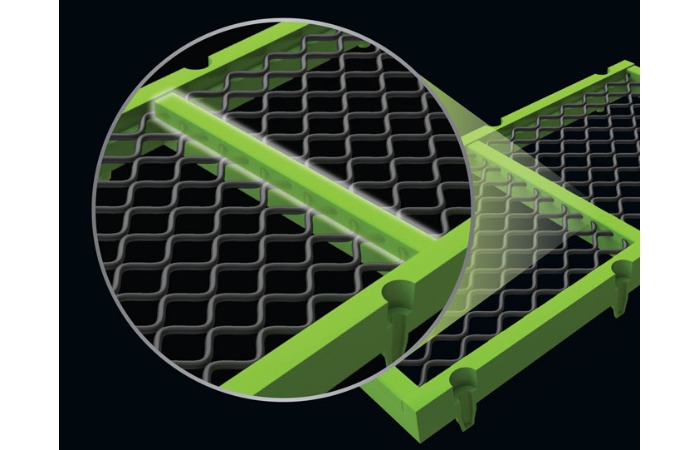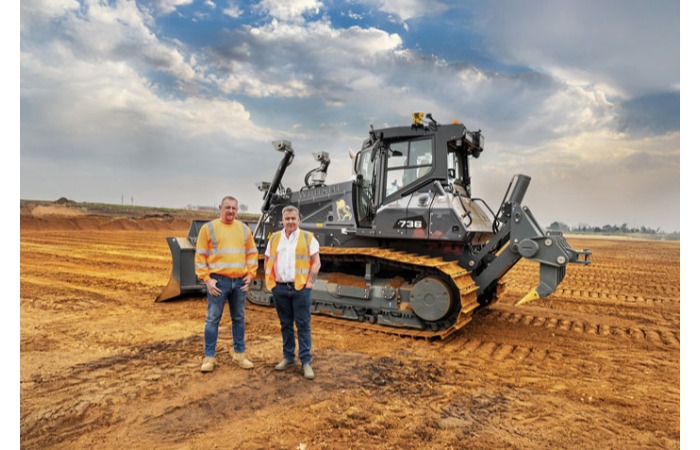Schedule a Call Back
Financing India’s Highways
2025-09-26

India’s highways are often described as the arteries of its economy—carrying goods, people, and commerce across a fast-growing nation. By 2040, the country will need an estimated $1.4 trillion to keep expanding and upgrading this road network. The challenge is not just about finding money; it’s about finding sustainable, innovative financing models that can ensure long-term stability for investors while delivering reliable roads for users.
In recent years, India has experimented with an array of financing tools—public private partnerships (PPP), hybrid annuity models (HAM), build-operate-transfer (BOT) contracts, Infrastructure Investment Trusts (InvITs), Real Estate Investment Trusts (REITs), and even ESG-linked bonds. Together, these instruments are gradually changing the way capital flows into road infrastructure. But challenges remain—from policy unpredictability to construction quality and risk allocation.
According to Abhishek Chhajer, CFO, Vertis, India’s road sector is at the heart of the government’s ambitious Rs 185 trillion National Infrastructure Pipeline, with almost 28 per cent earmarked for roads and transport. Yet, systemic bottlenecks threaten delivery.
“The first and fundamental issue is land acquisition,” he explained. “Delays in acquiring land and obtaining regulatory approvals were the biggest reasons why BOT projects failed nearly a decade ago. Today, new guidelines mandate 90 per cent land acquisition before the appointed date—that’s a relief, but execution will be the real test.”
For Chhajer, streamlining approvals through single-window mechanisms and ensuring strict timelines for tenders are equally crucial. “From the notice for tender to closure, we should have a six-month cycle. Any delay inflates costs and disrupts financing models. Add to that the inadequacy of many detailed project reports (DPR), which often rely on projections rather than real FASTag traffic data. This makes cost and revenue estimates unreliable.”
Suneel Vora, Partner and Head – Major Projects, Advisory Services, KPMG in India, underscored this point. “Financing isn’t the bottleneck—risk is,” he said. “The money is out there, but projects stall because of delays in land, regulatory clearances, or approvals. If we start treating these enabling steps as projects in themselves, with strict timelines and accountability, we’ll unlock enormous capital inflows.”
And yet, the appetite for investment is immense. “Large global funds—private equity, sovereign wealth, pension—are all keen to invest in Indian roads,” Chhajer added. “But risk mitigation is the key. Reduce the risks, and you’ll see capital flow in heavily.”
Phani Prasad Mandalaparthy, Associate Director, Crisil Intelligence, noted how aggressive bidding has created long-term vulnerabilities. “After the 2020 dilution in eligibility norms, we saw projects awarded at rock-bottom prices,” he said. “Four years on, many of those projects are coming up for commissioning, and the quality is subpar. Subprime assets demand higher maintenance during operations, which adds risk for investors. What they want is stability—stability in policy, estimates, and cash flows.”
Stability, however, is easier promised than delivered. Governments change, projects stall, and renegotiations are common. As Manish Mohan, Executive Vice President and Head – Infrastructure Finance, HDFC Bank, put it: “India is an unstoppable growth story, but policy continuity is a concern. I’ve seen projects get abandoned after a change in state government. How can investors have faith if a multi-year plan gets derailed midway? We need some sort of guarantee mechanisms—whether from multilateral agencies or the Centre—that assure continuity despite political cycles.”
Mohan pointed to another gap: liquidity and exit provisions. “Investors look for three things—safety, liquidity, and returns. For long-gestation projects like airports or multi-modal parks, initial viability is weak. Bundling such projects with stronger assets, or offering minimum revenue guarantees, is essential. Arbitration, too, must be time-bound and ideally anchored in international norms. Otherwise, disputes drag on for years.”
For many equity investors, the bigger hurdle isn’t government policy but corporate governance within the sector itself.
“This sector has been marred by governance issues,” said Vishal Biraia, Fund Manager, Bandhan Infrastructure Fund. “We are absolutely eager to invest—roads offer decades-long opportunities. But promoters must safeguard investor interests with transparency and discipline. Over the last five or six years, we’ve seen improvement with the Insolvency and Bankruptcy Code, but it’s still a long road ahead. Unless governance improves, billions of dollars in potential capital will remain on the sidelines.”
Vora echoed the importance of professionalism: “Well-drafted contracts are only as good as the governance behind them. If stakeholders abuse renegotiation clauses or cut corners on quality, it destroys trust. We need a culture of doing projects the right way, with transparency and accountability at every level.”
Rise of InvITs and REITs
If one financing model has truly taken off in India, it is the Infrastructure Investment Trust (InvIT). Globally popular since the 1960s, InvITs only gained traction in India after 2016 and have surged post-COVID.
“InvITs are a game-changer,” Chhajer noted. “They allow EPC players to recycle capital while bringing in long-term investors like pension and sovereign funds. Roads are the most active sector—InvIT assets have grown 10x in just three years, from Rs 0.3 trillion in 2020 to Rs 2.3 trillion today. With 22 InvITs active across roads, renewables, and digital infra, we expect assets under management to reach Rs 8 trillion by 2027.”
The benefits are clear: 90 per cent of returns must be distributed to investors, offering stability; SEBI’s oversight provides regulatory comfort; and global giants like Brookfield, Blackstone, and KKR are already active. But bottlenecks remain.
“Asset availability is limited,” Chhajer admitted. “There’s enough demand, but not enough toll projects. Approvals for InvIT acquisitions also take six to eight months—this needs to be cut to 60 or 90 days. And tax issues like GST on management fees inflate costs unnecessarily. Policy tweaks here could unlock far more capital.”
ESG and green finance
Beyond conventional instruments, ESG-linked financing is starting to reshape infrastructure funding. “Sustainability-linked loans tie interest rates to KPIs such as emission reductions or water savings,” said Mandalaparthy. “Cube launched such a bond, with IFC subscribing. Green bonds from NHAI have also shown success. For hard-to-abate sectors like construction, ESG finance can actually be transformative—it’s not a burden but an opportunity.”
With global green funds sitting on trillions of dollars, India has the chance to capture a meaningful share if projects demonstrate measurable impact.
If InvITs represent the future, PPPs and BOT contracts remain the workhorses. But these models, too, are evolving.
“HAM has worked well in roads, water cleaning, and even ropeways,” said Mohan. “But we need to expand it to airports and multimodal logistics parks. At the same time, BOT 2.0 has introduced safeguards that were missing earlier—alternate sources of recovery, and most importantly, provisions to renegotiate concession terms every five years. That’s progressive. But banks must be allowed to adjust loan tenors without treating it as a restructuring. Otherwise, such renegotiations trigger NPAs unnecessarily.”
For Mohan, professional traffic studies are another gap. “Aggressive bids often rely on faulty estimates. We need more rigorous, independent assessments to ensure projections align with reality.”
Biraia agreed, noting that the revised Model Concession Agreement (MCA) is a step forward. “Earlier contracts didn’t factor in liabilities or contractor net worth. The new MCA does, making it more robust. But the sector must keep evolving as new risks emerge. We’ve come a long way since the 2000s, but constant refinement is necessary.”
Beyond highways
A less-discussed but equally urgent challenge is funding rural and state road networks. National highways may grab headlines, but the real connectivity lies in linking villages and small towns. Yet states often lack financial muscle.
As one industry leader remarked, “You can’t just focus on national highways. State and district roads carry as much importance. But states like Maharashtra already have Rs 90,000 crore in pending liabilities. They’re being asked to bid BOT projects with premiums, which is like inviting someone for dinner and asking them to bring their own food. We need tailored funding mechanisms for states—whether viability gap funding, pooled finance, or central guarantees—without which rural connectivity will lag.”
If one theme unites all perspectives, it is the importance of time, trust, and transparency. Timely land acquisition, predictable approvals, trustworthy governance, and transparent traffic projections form the bedrock of investor confidence.
“Investors aren’t asking for miracles,” said Mandalaparthy. “They want no surprises—no hidden costs, no sudden revenue dips. Just stability.”
And stability is what will unlock the trillion-dollar future of India’s roads. As Mohan put it: “Capital is not the problem. The world wants to invest in India. But we must ensure continuity, safeguards, and trust. Get that right, and the money will flow.”


Subscribe Now
Subscribe to our Newsletter & Stay updated
RECENT POSTS
Popular Tags
Folliow us
Related Stories
Sinoboom CEO Addresses India’s MEWP Industry
Susan Xu, Owner and Group CEO of Sinoboom, recently addressed members of the Aerial Platform Association of India during a celebratory dinner hel...
MAJOR Showcases Screen Media Technology at CONEXPO/CON-AGG 2026
MAJOR, a global manufacturer of high-performance wire screen media, will exhibit at CONEXPO/CON-AGG 2026, where it will showcase its screen media s...











